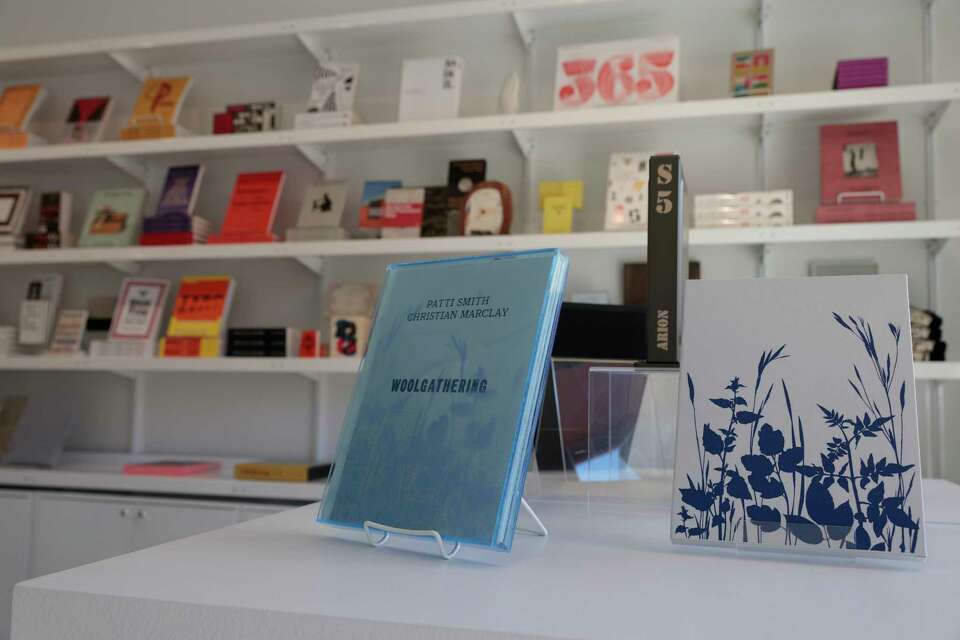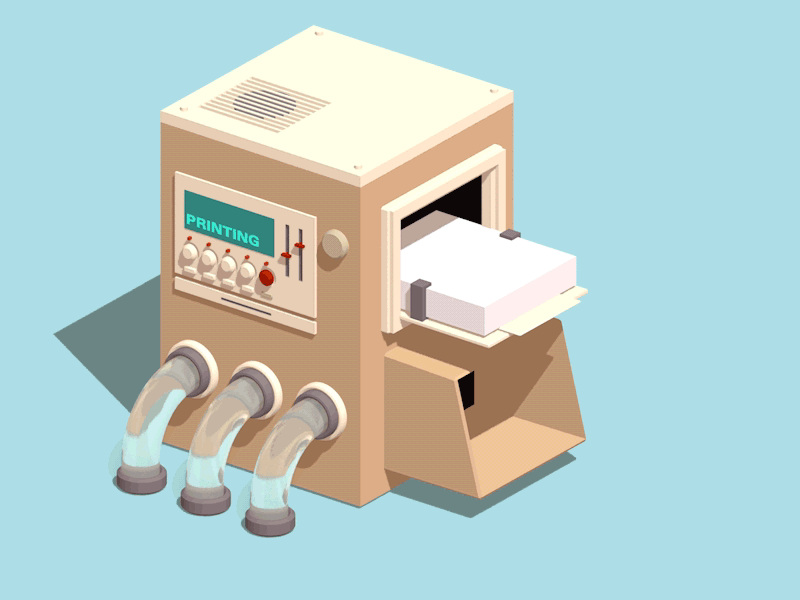A Tale of Print That Will Melt Your Heart
There’s a moment in every child’s life when they tug on their parent’s sleeve, wide-eyed and curious, and ask, “Can I do that, Papa?” Usually, it’s a question about something they’ve just seen—maybe a tool in a workshop, a brush dipped in paint, or a machine printing ink onto paper.
This is a story about that question.
About what it means to make something by hand, to take the time, and to believe in the value of the physical.
It’s the story of Arion Press—the last of its kind in America.
We came across this beautiful short film by Business Insider on Arion Press.
A small printing press in San Francisco, where books are still handmade from start to finish using machines and methods that date back over a century.
Watch the video here:
This story is about the process, patience, and purpose. And above all, it’s about people, those who still believe in craft.
Ink. Metal. Thread. Time.

Printing has always been a mechanical craft
Before publishing became digital, before everything went on-demand, printing presses were the backbone of knowledge and culture. The printing machinery were heavy, precise, beautiful pieces of engineering. You had to understand pressure, alignment, temperature. You had to set type by hand.
The earliest printing presses were marvels of mechanical design. Cast iron bodies, precision rollers, gear-driven systems—they weren’t just tools; they were long-term investments. Built for durability, stability, and repeat accuracy, many of these machines have outlived the companies that bought them. Decades later, they still run with the same integrity they were designed for.
The print industry has seen waves of innovation since then, from rotary offset to digital inkjet, from manual setup to automated workflows. Each shift brought new capabilities, new efficiencies, and new forms of creative expression. But what’s remarkable is that amid all this progress, there are presses still standing—machines still in use—unchanged in structure, untouched by time.
That’s the legacy the print industry comes from.

Today, the landscape of printing is vastly different. Digital presses dominate. Print-on-demand services can deliver a paperback in hours. Large-format printers produce visuals at massive scale and speed. It’s efficient, accessible, and in many ways, necessary. But even with all these advancements, traditional print still holds its ground—not in competition with modern methods, but as a reminder of the industry’s roots.
Print, at its core, was never just about replication. It was about permanence. It was about intention. Every step—from casting type to stitching a spine—was deliberate. And even now, those who work with print understand this truth: the medium carries weight. Literal and metaphorical.
So, when you see a place like Arion Press, still using metal type, letterpress machines, and hand-binding techniques, it doesn’t feel outdated. It feels grounded. Because they’re not just holding on to the past—they’re keeping alive a method of working that respects time, labor, and material. A method that says: this is worth doing well.
Their books aren’t mass produced. They’re crafted in limited editions, often over several months. They’re printed not just to be read, but to be kept. And that’s something rare today: an object designed not for quick consumption, but long-term value.
Craftsmanship like this exists in every corner of the print world—small presses, specialty printers, independent workshops. People who still believe that the feel of the paper, the pressure of ink, the clarity of type, all matter. That the process is as important as the outcome.

The story of Arion Press reminds us that print is a living craft. One that continues to evolve, adapt, and thrive in many forms. While the tools and timelines may change, the intent behind it—the care, the precision, the belief in doing things right—still runs deep in this industry.
And that’s the real story here. Print isn’t stuck in the past. It’s carried forward by people who know its value. From large-scale commercial setups to independent workshops, from modern digital presses to century-old machines—what connects them all is a shared commitment to quality.
That’s what makes printing so unique. It’s both industry and art. A space where mechanical excellence meets human attention. And whether you’re producing a high-speed packaging run or setting type by hand, there’s pride in doing it well.
The craft lives on — With machines, methods, & mindset
It’s this spirit that continues to shape the printing ecosystem—an industry built on machines, yes, but sustained by people who understand them, maintain them, and pass them on. The presses may evolve, the formats may shift, but the mindset remains: to create work that is precise, durable, and meaningful.
And we have built Machine Dalal to support that continuity. To connect people who work with machines, who know their value, who are looking to build or rebuild their printing practice.
And in that way, stories like Arion’s are not isolated—they’re part of a larger narrative. One where tradition and technology move side by side. Where craftsmanship meets commerce.
Where legacy isn’t just preserved—it’s continued, by anyone who chooses to work with care.




